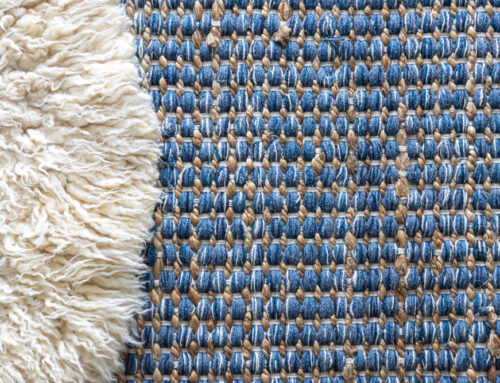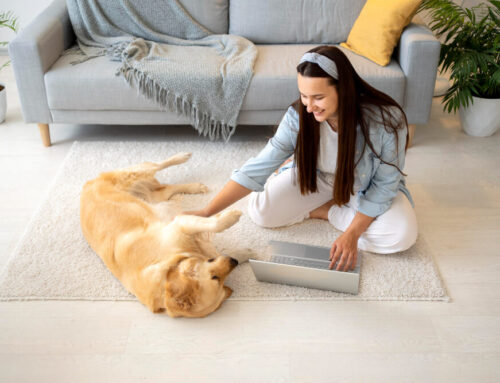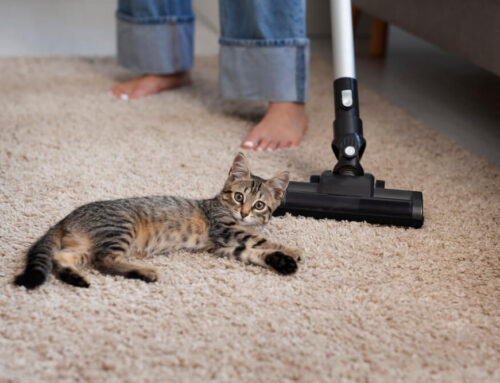Prevent Spills From Staining the Carpets
Stains can be a major headache for anyone trying to keep their carpets and rugs looking clean and fresh. Whether it’s a spill from a drink, a pet accident, or just general wear and tear, stains can be difficult to remove and can ruin the appearance of your carpets and rugs if not dealt with promptly.
However, there are a few steps you can take to prevent stains from ruining your carpets and rugs in the first place. Here are some tips to keep in mind:
Use a carpet protector. A carpet protector is a spray you can apply to your carpets and rugs to create a barrier against stains. It forms a protective layer over the carpet’s fibers, making it more difficult for spills and other contaminants to penetrate the surface.
Clean up spills immediately. The sooner you can deal with a spill, the better your chance of eradicating it. Use a clean, absorbent cloth or paper towel to blot the spill, being careful not to rub it in. If the spill is particularly large or stubborn, you may need to use a carpet cleaner or stain remover to remove it entirely.
Use a doormat. A doormat is a simple but effective way to prevent stains from entering your home in the first place. Place a doormat at each entry point to your home, and encourage everyone to wipe their feet before entering. This will help to remove dirt, mud, and other contaminants from shoes, which can help to keep your carpets and rugs cleaner for longer.
Use rugs in high-traffic areas. Rugs are a great way to protect your carpets from stains, particularly in high-traffic areas like hallways and entryways. In addition, rugs are easier to clean and maintain than carpets, and you can replace them if they become too dirty or stained.
Vacuum regularly. Regular vacuuming is essential for keeping your carpets and rugs clean and free from stains. By removing dirt and debris from the surface of your carpets and rugs, you can help to prevent them from becoming stained or discolored. Make sure to vacuum all areas of your home, including high-traffic areas and corners, at least once a week.
Use a professional carpet cleaner. While regular vacuuming is essential, it’s also a good idea to hire a professional carpet cleaner to clean your carpets and rugs every 6-12 months. Professional cleaners have the equipment and expertise to remove deep-seated dirt and stain your vacuum can’t reach.
Train your pets. If you have pets, you must train them to stay away from certain areas of your home, particularly with carpets and rugs. Keep your pets off the carpets and rugs as much as possible, and consider using a pet-friendly cleaner to remove any accidents that do occur.
Do you have existing stains? Here are how to treat the most common stains:
Blood: Always use cold water; if you use warm water, it can cause the stain to set and become permanent. Also, use club soda to dilute the stain until it is removed.
Candle wax: Use an ice pack until the wax hardens, then carefully break up the hardened wax and remove it. Use a carpet cleaner or a white cloth dampened with rubbing alcohol to treat the spot and draw up any excess wax.
Chocolate: If hardened, scrape up as much chocolate as possible using a dull knife. If the chocolate is softened or liquid, use an ice pack to harden it before scraping. Vacuum up loose pieces and use a mixture of liquid dish soap and warm water to apply to the stain, working from the outside inward, so it doesn’t smear more. Leave the solution for at least 5 minutes, then blot to draw away excess until the stain is gone.
Coffee or tea: Mix hydrogen peroxide and dish soap and apply them as a cleaning solution. Let it sit for a few seconds before working it in with your fingers, then rinse the stain with water and repeat until gone.
Dirt or mud: Allow the stain to dry completely before treatment. Scrape off as much residue as possible, then vacuum and apply a detergent solution. Let the solution sit for 10 minutes before blotting using a clean white cloth or paper towel.
Grease stains (or foods with a high-fat content such as butter or oil): Sprinkle the stain with baking soda and let it sit for 6 hours to absorb the fat. Vacuum, then blot with a cloth moistened with rubbing alcohol. Alternatively, use a dry-solvent spot carpet cleaner following the label instructions.
Gum: Peel away as much gum as possible, then harden the remaining gum with an ice pack. Chip away at the gum using a spoon or dull knife, then vacuum and use a dry-solvent carpet cleaner to treat the remaining stain.
Urine: Blot up as much liquid as possible, then apply an enzymatic cleaner to the stain according to the manufacturer’s instructions. Vinegar may also be used as it neutralizes the ammonia in urine. Mix one cup of distilled white vinegar with one cup of water and two teaspoons of baking soda together and spray the area, blotting until it is clean.
Wine or juice: Spritz the stain with club soda and blot to remove excess with a clean microfiber cloth until gone.
By following these tips, you can help to prevent stains from ruining your carpets and rugs and keep them looking clean and fresh for longer. Remember to act quickly if a spill occurs, and don’t be afraid to seek professional help if you cannot remove a stain on your own.






